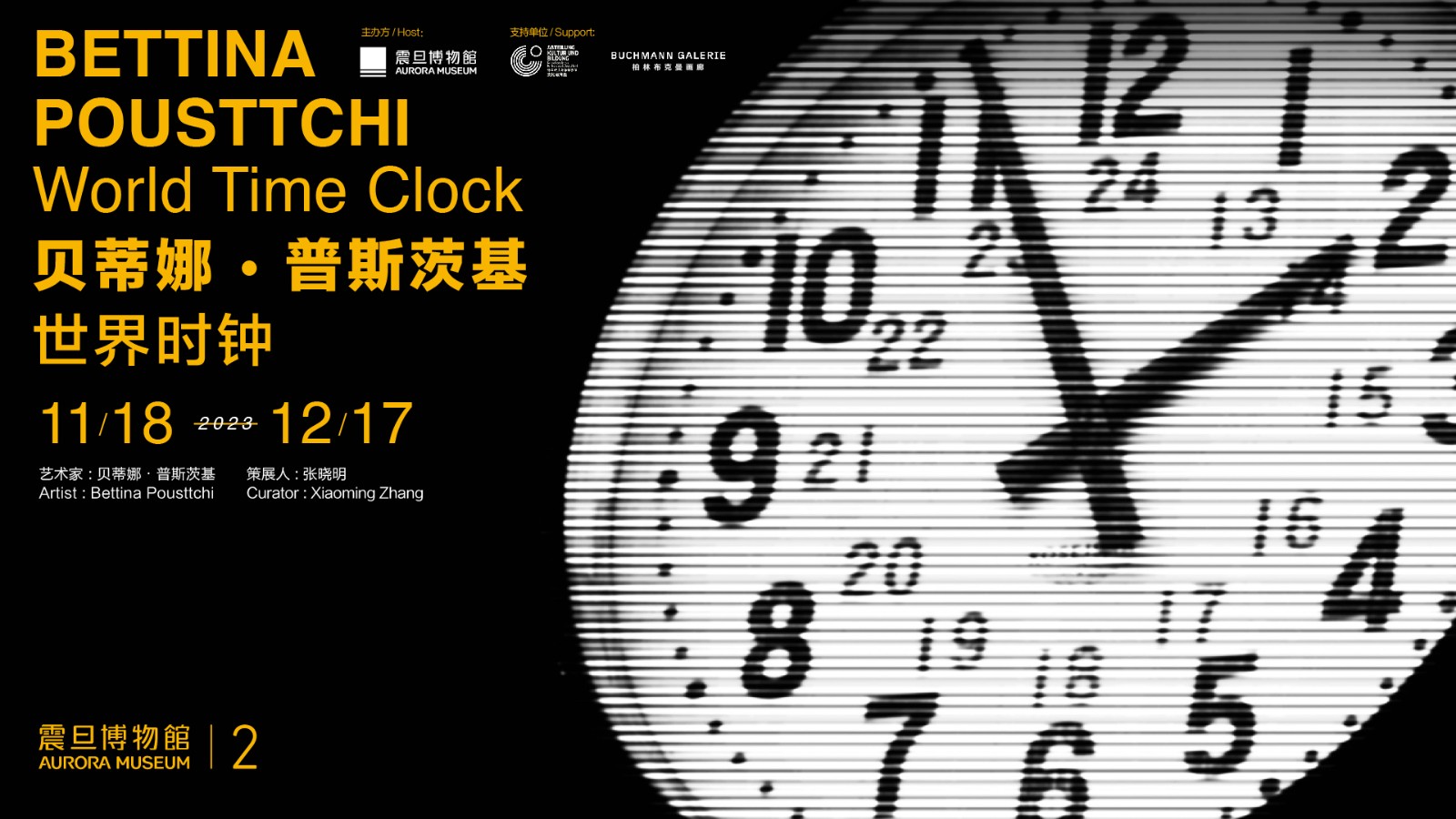The Subconscious, Far Stronger Than the Conscious We Could Ever Imagine

The Subconscious, Far Stronger Than the Conscious We Could Ever Imagine
Reading Guide: This article focuses on the subconscious we have heard a long time ago but are not so clearly aware of. We are going to explain it to you how important it is to our life, and what we can find in the newly conceptual definition as compared with the traditional one proposed by Sigmund Freud (an Austrian neurologist and the founder of psychoanalysis, May 06, 1856 to September 23, 1939).
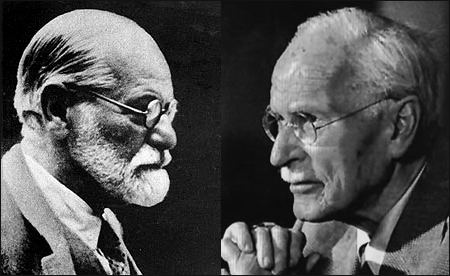
First advanced by Sigmund Freud, the theory of subconscious was one of his major contributions to psychology, though many modern psychologists have disagreed with Freudian's, including his two famous disciples Jung and Adler whose studies finally diverged from his – this explains there are truly some defects in his arguments. The concept of subconscious has undoubtedly given us a new perspective to examine human's inmost problems, like studies of dream, free association and Freudian Slip found in The Interpretation of Dreams based upon the subconscious. For easier understanding of the non-professionals, let us give you a brief introduction to what is called the subconscious.
Hereunder is a picture of iceberg for illustration:
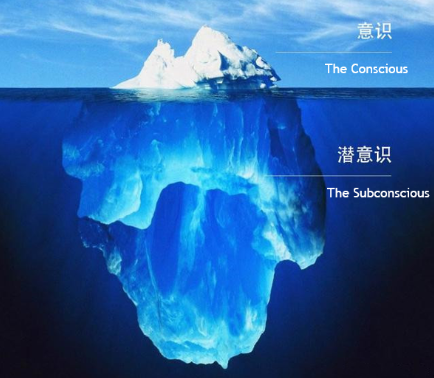
As you can see from this picture, only a tiny part of the iceberg is exposed to the surface of the water, most of which are under and unexposed. According to Freud, human consciousness is also in the same situation, which is divided into three parts: the conscious (explicit and exposed consciousness) that we can feel and sense, e.g. what we are thinking, worrying or exciting about, like the exposed tip of the iceberg, is visible; the subconscious defined by Freud as the one having substantial impact on our thoughts, emotions and acts like the submerged ice part, is invisible; and the preconscious is the loci of water level preceding consciousness serving as a valve to either block or release any latent thoughts to the conscious level.

Inside Out, a high-score psychological animated film, had a story like this: when Joy and Sadness went to find the deepest subconscious fear of the little girl, they needed to pass through a door where two security guards stood. We may take this two guards as our preconscious, and how Sadness was able to work his way to bypass the security into the sanctum of subconscious is a fun case of breaking defense.
However, since Freud's theory has been questioned by many psychologists, we don't really need to have an in-depth understanding unless we are required to take some examinations. Despite all the negative comments, the subconscious initiated by Freud did contribute a lot to the development of psychology. Many unsolvable psychological problems have their roots hidden in that unseen and unlearnable level, such as the inmost spiritual things, deep-buried desires (e.g. sexual repression most criticized by Freud who attributed many problems to this with a term 'libido' descriptive of the repressed sexual desire), as well as our beliefs and values (that we take for granted even when we are factually unaware of their deeper implications impacting substantially on us) and some gnosis feelings.
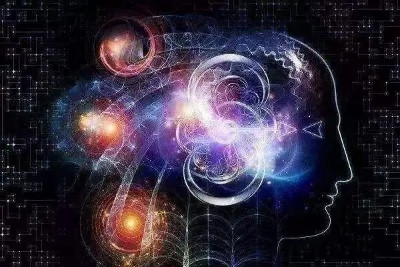
Karl Jung who broke away from Freud also proposed a concept of 'collective unconsciousness', which, in his view, is primeval, including instinct and prototype. It is sedimentary in the structure of human brain in an ambiguous form of memory and can be aroused and activated under certain conditions. Jung holds that the original image accumulated in the collective unconsciousness is the source of artistic creation. Only in the 'collective unconsciousness' can you find the roots of any symbolic work, enabling us to see or hear those primordial imagoes or distant echoes in human's original consciousness, thus to form epiphany and produce aesthetic feeling. This is to some extent in line with the latest research – scientists have found out that the subconscious is not only social, but also interactive among individualistic ones.
The dream is the small hidden door in the deepest and most intimate sanctum of the soul, which opens to that primeval cosmic night that was soul long before there was conscious ego and will be soul far beyond what a conscious ego could ever reach.
By Karl Jung
This is a brief description of Freud's subconscious. Although his theory is now criticized by many psychologists, the concept of which has a substantial impact on our psychological studies and treatments, including the interpretation of dreams and hypnosis etc. It has been found in the process of psychological counseling that the root causes of a person's behavior and emotions are often not in our conscious level, rather, they are deeply buried in our subconscious waiting to be dug out for the final solution to our problems in real life.

Whatever to say, the influence of subconscious study is beyond all doubt, though no clear and explicit conclusion has ever been made resulting in incessant continuations of the research. To differentiate Freud's concept, modern psychologists put forward a 'new subconscious', a fresh new attempt based on new technologies and measurements.

Unlike Freud, the new one does not regard the subconscious as 'sultry and damp, splashing greediness and anger', a shadowland that is 'rife with hallucinations, wild oats and nonsenses', rather, it is 'friendlier and gentler and more closely related to life'. In the new one, mental processes are thought to operate in the subconscious, inaccessible by consciousness due to our brain structure, and not to operate with stimuluses such as depression. The inaccessibility in the new concept is not an unhealthy defense mechanism (which refers to Freud's arguments on some habitual adaptive actions taken by individuals to reduce anxiety and guilt when dealing with setbacks), rather, it is considered normal. In the new concept, scientists even believe the subconscious has relativity with the structure of our brain nerves. The new subconscious plays a significant role in our lives that has survived as an independently gifted dower in the evolution of human species.
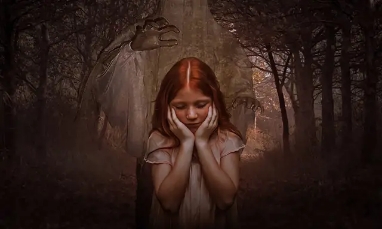
The subconscious dominates our mental activities, which is a standard configuration in the brain of all vertebrates, whereas the conscious is merely its additional function. The human sensory system transmits 11,000,000 bps to the brain, as compared with 16 to 50 bps processed by our consciousness. And we can only perceive about 5% of our cognitive functions, while the remaining 95% are outside our awareness but exert a tremendous impact on our lives. You can just imagine how powerful our subconscious is.
As a saying prevalent in psychology goes, only by changing your subconscious can you change your world in reality, which makes sense. Most of our activities are unknowingly dominated by the subconscious. We can even question the existence of conscious ego, since most of our decisions are made by our subconscious without our knowledge – can we still call ourselves a self-conscious creature?

Whatever you do, the subconscious is psychoactive as a master of your brain. Studies have found that we may choose a lifelong partner because we happen to have the same name, or invest in the stock simply for the name of the stock that reads better, or spoil our appetite due to a different packing size of the same food. There are so many case studies that sometimes we doubt if man is really rational, or if we could soberly control our own life.
The subconscious is a fun realm with far-reaching influence. In any case, we should spend some time to get to know what the subconscious is and how capable it will be so that we can be more aware of our decisions and find ways to make some better changes.
Scan the following QR code to follow our 优智家UrbanFamily:

[Images via Yiwei Xinzhai, Baidu, Jinri Toutiao]
Get the weekly newsletter!
Sign up to get the entertainment, lifestyle and event news from Urban Family every week!Classified Posts
News











